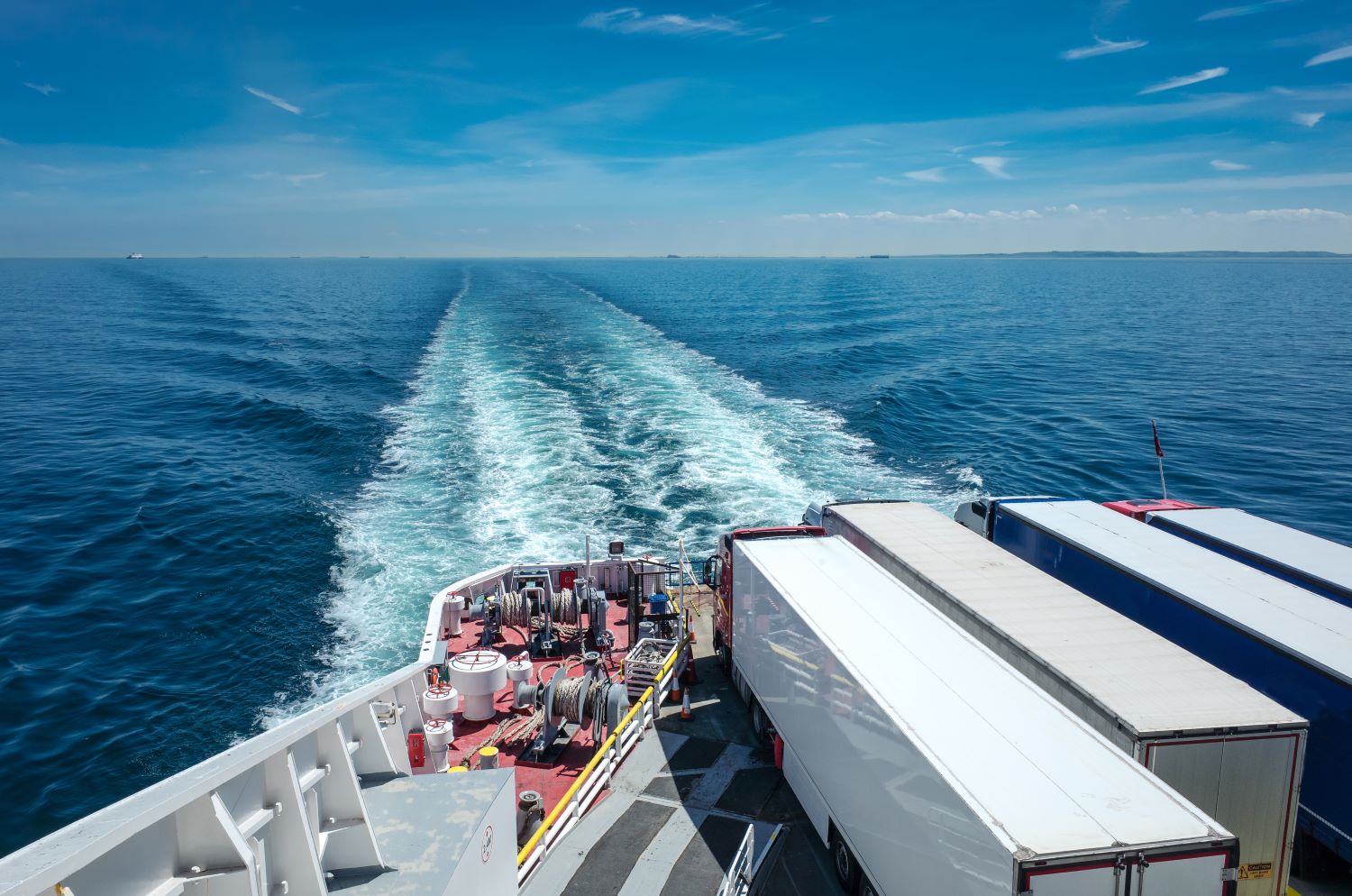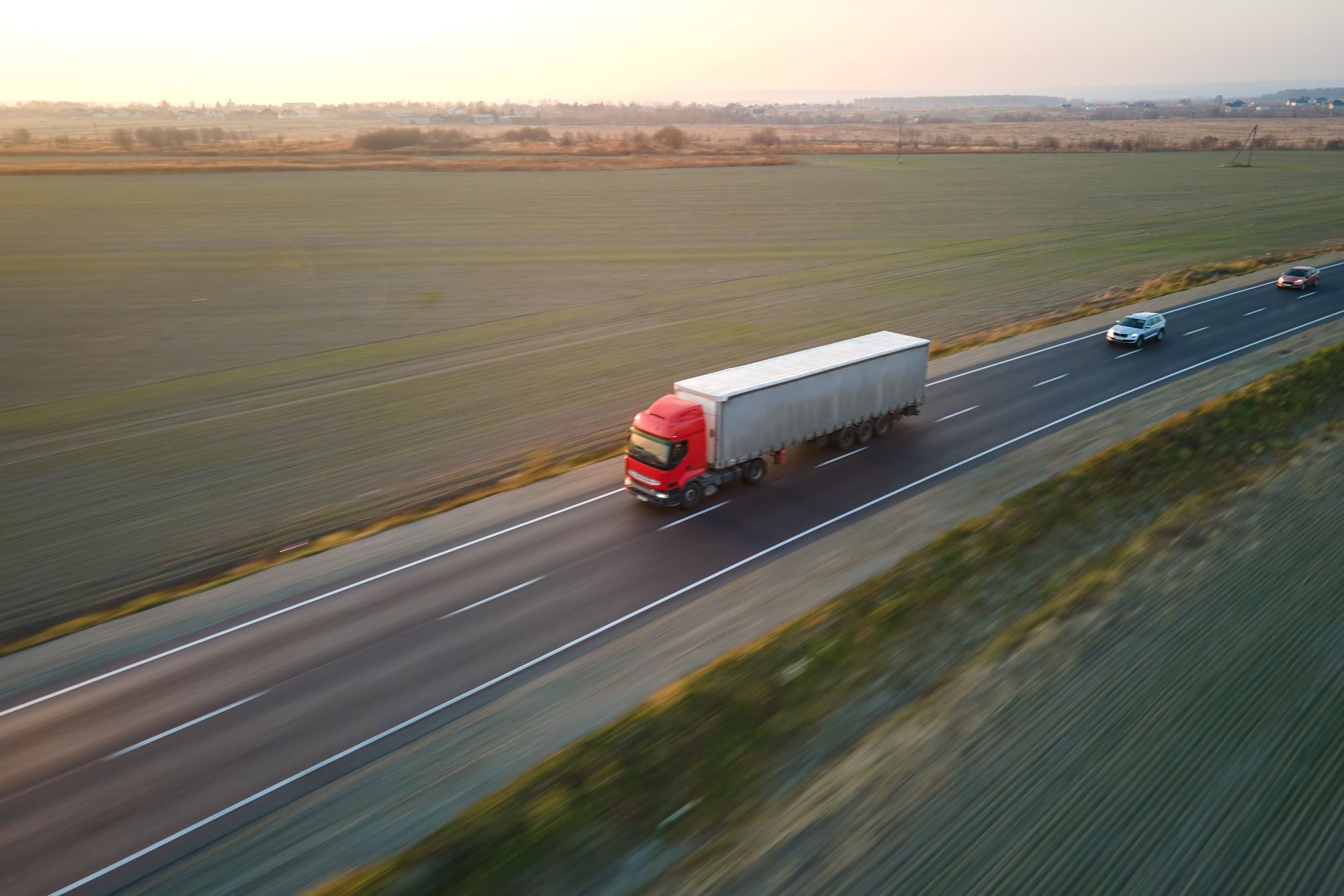
Susie Jones
Alt hvad du behøver at vide om EU's ind- og udrejsesystem
Oprettet: 14.10.2024
•
Opdateret: 14.10.2024
EU vil indføre ind- og udrejsesystemet (EES), som efter planen skulle have været lanceret i november, men som blev forsinket på grund af bekymringer. EES vil ændre kravene til britiske statsborgere, der rejser til Schengen-området, og kræve, at alle med et britisk pas registrerer biometriske oplysninger såsom fingeraftryk eller et foto. EES vil erstatte manuel stempling af pas, når besøgende rejser ind i EU. Vi har samlet alt, hvad du har brug for at vide forud for ændringen.
Hvad kræver ind- og udrejsesystemet af de rejsende?
Alle lande, der bruger ind- og udrejsesystemet, vil kræve følgende oplysninger af de rejsende:
Sted for ind- og udrejse
Dato for ind- og udrejse
Rejsedokumenter.
Hvad er fordelene?
Ind- og udrejsesystemet har følgende fordele:
Den moderniserer forvaltningen af EU's ydre grænser - og forbedrer oplevelsen for dem, der rejser.
EES bekæmper identitetssvindel ved at indsamle biometriske data.
Den kan identificere personer, der bliver for længe, og giver pålidelige data om ind- og udrejser samt afvisninger.
Forbedret grænsekontrol, elektroniske registre og biometriske data vil styrke sikkerheden i EU.
Det giver informationsdeling i realtid - så grænsemyndigheder i hele EU kan se de rigtige oplysninger på det rigtige tidspunkt.
Hvad er bekymringerne?
På lang sigt vil den nye ind- og udrejseservice strømline driften og gavne rejsende uden for EU. Der er dog flere bekymringer omkring det nye system:
Mindst tre EU-lande er ikke helt klar til lanceringen.
Flere lande er måske ikke i stand til at indføre det avancerede biometriske system.
Der blev ikke foretaget nogen ordentlig test af systemet i Dover havn - en af Storbritanniens travleste overfarter.
Den første lancering kan medføre øgede forsinkelser ved grænsekontrolstederne.
Yderligere forsinkelser af den officielle lancering af ind- og udrejsesystemet kan fjerne flere af disse bekymringer.
Britiske lastvognsoperatører har udtrykt bekymring over grænsen på 90 dage ud af 180 Schengen-rejser - det kan blive en udfordring at opretholde regelmæssige forretningsaktiviteter i EU. Flådevirksomheder med chauffører fra lande uden for EU kan blive udsat for rejserestriktioner eller bøder, hvis grænsen overskrides.
Hvordan kan flåder og chauffører forberede sig?
Der er ikke meget, flåder og chauffører kan gøre for at forberede sig på det nye system - det meste vil foregå personligt på havnen. Men flåder og chauffører kan tage følgende forholdsregler for at sikre en smidig overgang:
Når du bestiller en rejse, skal du sikre dig, at du har alle de nødvendige oplysninger, før du rejser til havnen.
Vid, hvad du kan forvente, når du ankommer - praktiske forskelle betyder, at processen er forskellig fra sted til sted.
Afsæt tilstrækkelig tid til at gennemføre formaliteter før rejsen - især hvis du rejser tæt på startdatoen.

Hvilke lande vil bruge EES?
Følgende lande vil bruge ind- og udrejsesystemet:
Østrig, Belgien, Bulgarien, Kroatien, Tjekkiet, Danmark, Estland, Finland, Frankrig, Tyskland, Grækenland, Ungarn, Island, Italien, Letland, Liechtenstein, Litauen, Luxembourg, Malta, Holland, Norge, Polen, Portugal, Rumænien, Slovakiet, Slovenien, Spanien, Sverige, Schweiz.
Hvornår gælder EES ikke?
Der er flere undtagelser fra den nye EES:
Statsborgere i de lande, der bruger ind- og udrejsesystemet (herunder Cypern og Irland).
Ikke-EU-borgere, der er i umiddelbar familie med en EU-borger. De skal have et opholdskort.
Enhver ikke-EU-borger, som har et opholdskort eller en opholdstilladelse, der er i umiddelbar tilknytning til en ikke-EU-borger, kan rejse rundt i Europa som en EU-borger.
Borgere med opholdstilladelse eller visum til længerevarende ophold.
Statsborgere i Andorra, Monaco og San Marino.
Personer med et pas udstedt af Vatikanstaten eller Den Hellige Stol.
Alle, der er undtaget fra grænsekontrol (f.eks. statsoverhoveder eller grænsearbejdere)
Borgere med en gyldig tilladelse til lokal grænsetrafik.
Personale på passager- og godstog på internationale forbindelsesrejser.
Alle, der ikke er forpligtet til at krydse de ydre grænser, kun ved grænseovergangssteder i faste åbningstider.
Hvad sker der, hvis jeg ikke giver mine oplysninger?
Hvis du ikke giver de nødvendige personlige oplysninger, vil du blive nægtet adgang til EU-lande, der bruger ind- og udrejsesystemet. For flådevirksomheder kan det resultere i tab af indkomst, hvis deres chauffører ikke giver de relevante oplysninger.
Skal jeg have et biometrisk pas med den nye EES?
Både biometriske og ikke-biometriske pas accepteres under den nye EES. Automatiske systemer til at krydse grænsen kræver et biometrisk pas.



